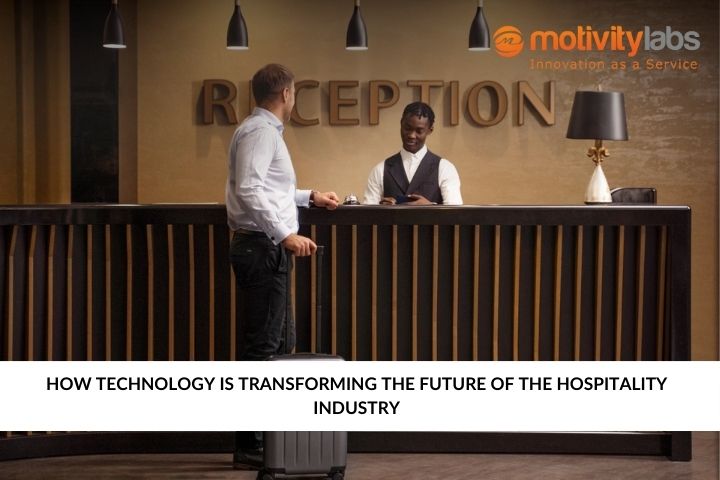The software development world has undergone a dramatic transformation over the past few decades. In the early 1990s, the industry was facing a crisis known as the “application delivery lag” – it took an average of 3 years from the time a business need was identified to when the software application was actually delivered. This didn’t align with the pace of business, which was changing rapidly even 25 years ago. As a result, many projects were canceled halfway through, while others were delivered but no longer met current business needs by the time of launch.
Challenges of Traditional Software Development
In industries like aerospace and defense, with several agile software companies, the lag could be over 20 years before large, complex systems were put into use. Software was an afterthought on projects focused on hardware design and functionality. The prevalent waterfall methodology required fully completing each phase of requirements, design, development, testing, etc. before moving on to the next. There was little flexibility to revisit and adjust earlier decisions, despite the inherently ambiguous and changing nature of software projects.
Evolution of Agile Methodologies
Visionaries like Gerald Weinberg, Fred Brooks, and Grady Booch promoted iterative development techniques in the 1980s to address these deficiencies. Barry Boehm introduced the “spiral model” of software development, starting small and gradually growing functionality through repeated cycles. Concurrently, specific methodologies like Scrum, extreme programming (XP), and dynamic systems development method (DSDM) emerged. They emphasized lightweight processes, close collaboration, working software over documentation, and the ability to adapt plans throughout a project.
In 2001, 17 software thought leaders including Kent Beck, Ward Cunningham, and others met in Utah and produced the Manifesto for every agile software development company. This manifesto declared 4 key values: individuals over processes, working software over documentation, collaboration over contracts, and responding to change over plans. Twelve supporting principles were defined, including satisfying customers via early and continuous delivery, welcoming changing requirements, frequent delivery of working software, and self-organizing teams. These comprise comprehensive agile software development services.
Key Aspects of the Agile Software Development Life Cycle
- Transitioning from long release cycles (multi-year) to the ability to release improvements daily or even continuously.
- Shifting from unilateral planning to collaborative design with customer involvement throughout.
- Moving from proprietary specifications to an emphasis on working software as the true measure of progress for an agile software development company.
- Trading heavy governance and rigid processes for the self-direction of knowledgeable teams.
Exchange of siloed work and specialists for integrated, cross-functional teams and collective ownership. - Replacing contract negotiation and management oversight with building relationships and trust in the agile software company.
- Swapping detailed documentation for “just barely good enough” artifacts that add value.
- Iterative development in short cycles supplants one-pass sequential phases.
- Scope evolves incrementally rather than being locked down upfront in agile software development services.
The agile journey is far from over. While the Snowbird Manifesto was visionary, some principles like face-to-face conversation are giving way to remote-friendly approaches. New techniques like design thinking and jobs-to-be-done inform today’s agile software development company. Scrum continues to dominate but Kanban is on the rise. Scaling frameworks like SAFe address larger enterprise needs. AI and ML will both partner with and pose challenges for agile teams. The future remains dynamic, requiring agility to adapt to whatever comes next in the agile software development life cycle.
Motivity Labs: Your Agile Software Development Partner
Motivity Labs is a leading agile software company, specializing in agile software development services. With offices in India and the USA, we help companies accelerate their digital transformation journey across various stages of digital adoption and help them achieve market leadership.



